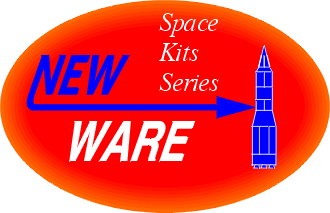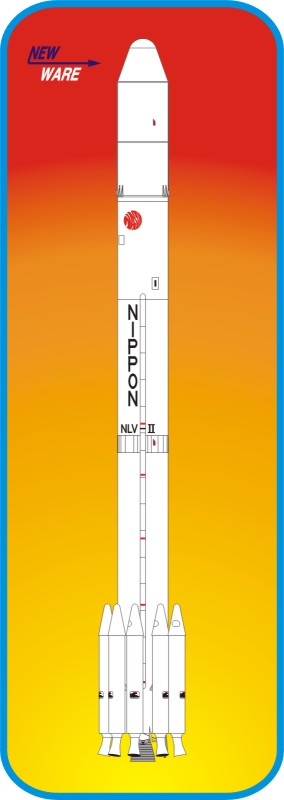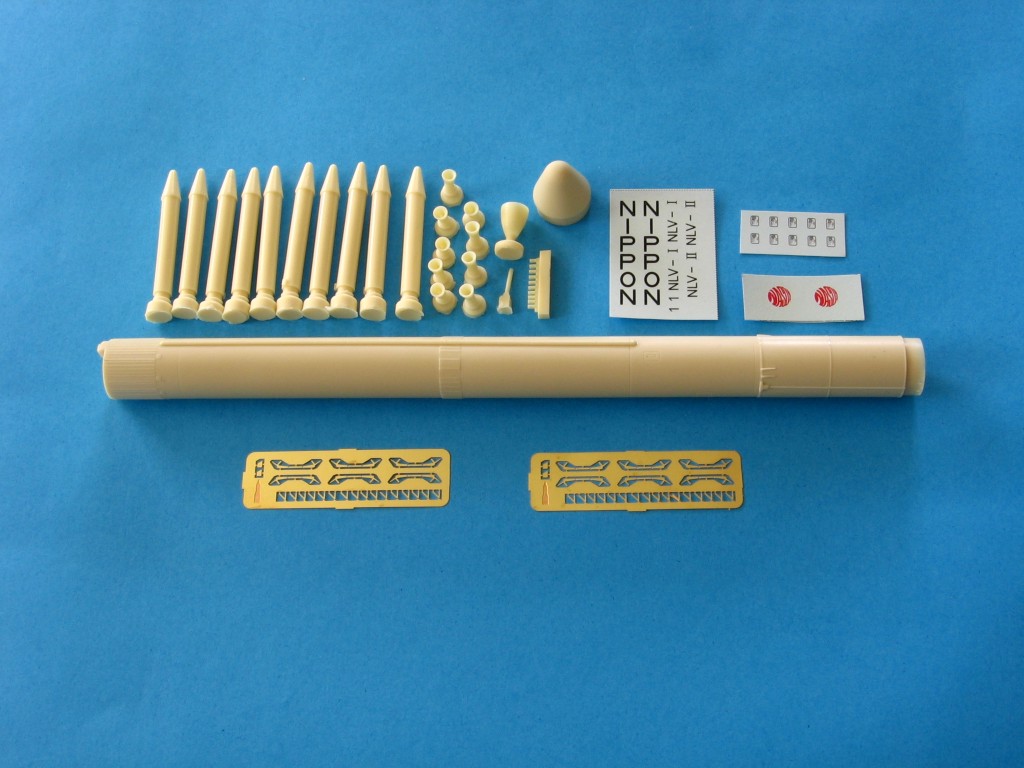 NW064 1/144 N-2 Japan Launch Vehicle
NW064 1/144 N-2 Japan Launch Vehicle NW064 1/144 N-2 Japan Launch Vehicle
NW064 1/144 N-2 Japan Launch Vehicle

The N-II launcher was developed by the Japanese space agency (NASDA) to carry heavier loads then the earlier N-I launcher. The N-I rocket (New Ware model NW055) flew seven times between 1975 and 1982 and carried between 100-130kg (225-300 pounds) into geostationary orbit. Both of these launchers were based on the American Thor missile.
The Thor was originally designed as an Intermediate Ballistic Range Missile (IRBM) in December 1954 and first flew in 1957. In 1959 Douglas created the Thor Delta as a civilian launch vehicle for NASA. The Thor and Delta series of rockets became the workhorse of the American space program and launched more satellites than any other rocket family.
The N-II was based on the Extended Long Tank Thor which had an eight foot in diameter booster. The first stage was built by Mitsubishi Heavy Industries (MHI) under license from Douglas. The main engine was a Rocketdyne licensed MB-3 built by Ishikawajima-Harima Heavy Industries (IHI) and generated 172,000 pounds of thrust. The first stage is supplemented by a ring of nine solid fuel Castor-2 engines.
The second stage of the N-II used a re-startable Aerojet AJ10-118F built in Japan by IHI. The third stage engine was built by Nissan, which licensed the Thiolkol 364-4 rocket.
The N-II, which was heavily dependant upon American technology and export regulations, could carry about 350kg. (770 pounds) into geostationary orbit which was nearly three times as the predecessor N-I launcher. The N-II had eight flights between 1981-1987, all of which were successful.
The New Ware model of the N-II depicts its first launch on February 11, 1981. The rocket carried Kiku-3, which was an engineering test satellite designed to verify the capability of launching heavier loads and the new N-II rocket. The later launchers carried a variety of communications, weather and oceanographic satellites.
Japan later developed its own H-I launcher which was based on the N-II. The H-I, however had its second stage built indigenously in Japan without American assistance. The H-1 first flew in 1986 and could carry 550kg. (1250 pounds) into geostationary orbit.

Photo of kit parts.